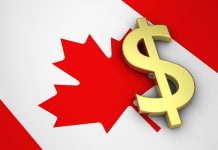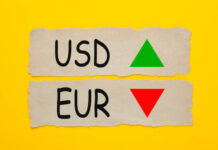Retail sales rose 0.1% month-on-month in August, ahead of the consensus forecast calling for a decline of 0.2% m/m. Revisions to prior months were a touch weaker, with spending for June (-0.3% m/m vs. prior -0.2 m/m) revised slightly lower, while July (1.1% m/m) was left unchanged after rounding.
Trade in the auto sector was lower by 0.1% m/m, following an upwardly revised reading of 4.4% m/m in July.
Sales at gasoline stations dipped 1.2% m/m August, though this was entirely a price story, as prices at the pump fell 2.9% m/m last month.
Sales in the “control group”, which the excludes volatile components above (i.e., gasoline, autos and building supplies) and is used in the estimate of personal consumption expenditures (PCE), rose 0.2% m/m, a modest deceleration from the 0.4% monthly gain in July.
- Gains were concentrated across miscellaneous (+1.7% m/m) and non-store retailers (+1.4% m/m) as well as sales at health & personal care stores (0.7% m/m).
Food services & drinking places were flat in August, following four consecutive months of decent gains.
Key Implications
Some slowing in retail spending was expected, particularly after July’s outsized gain. That said, last month’s uptick still came in stronger than expected, while revisions to prior months were relatively negligible.
Our current tracking for consumer spending sits at a robust 3.5% annualized for the third quarter, which would be the fastest pace of PCE growth since Q1-2023. But with the labor market showing clear signs of cooling, the household savings rate at a two-year low, and delinquency rates for credit cards and autos well above pre-pandemic levels and still edging higher, we expect to see some moderation in spending habits over the coming quarters.













